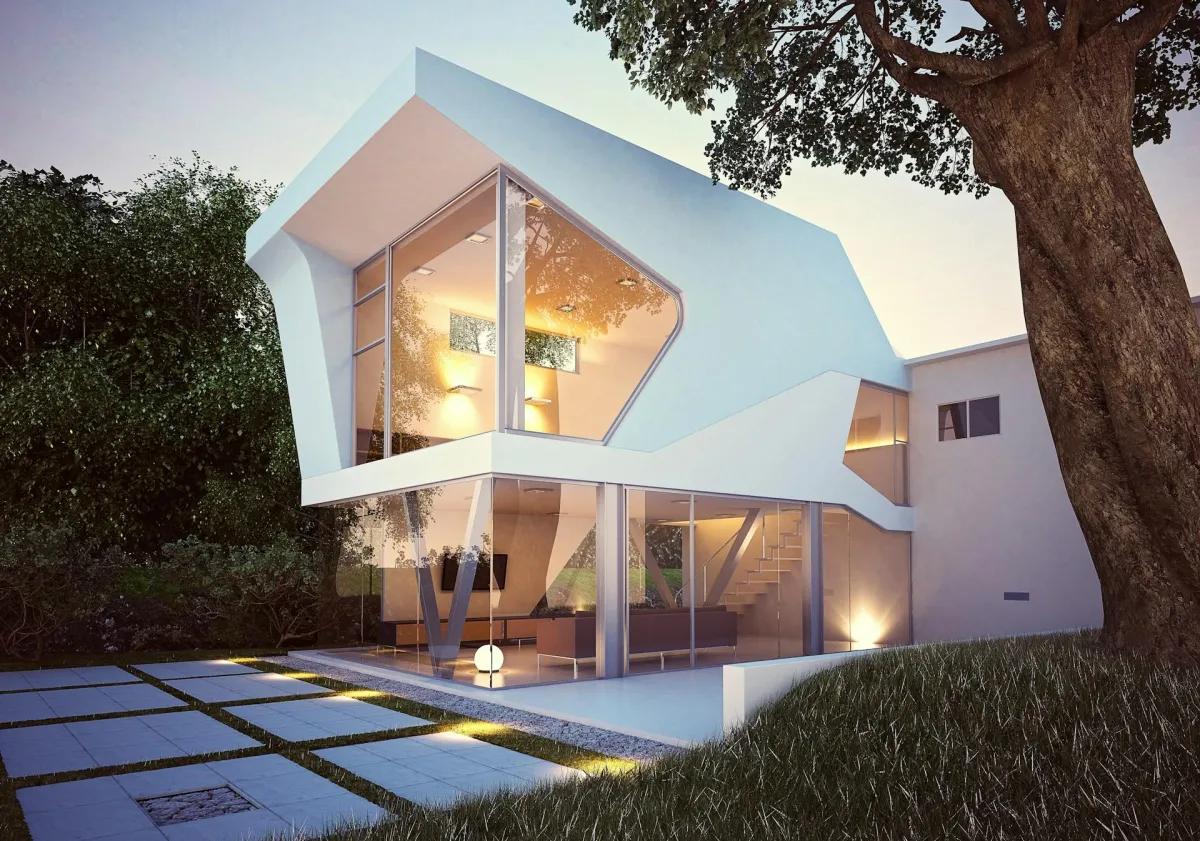
How to Plan Your Custom Home Design Effectively
Planning your custom home design is an exciting yet complex journey. Taking the time to plan carefully ensures you create a space that meets your family's needs and reflects your personal style. The process requires thoughtful consideration and collaboration with skilled professionals to bring your vision to life.
The first step in planning your custom home design involves clearly understanding your family's lifestyle and future needs. Defining what features are essential from the start helps in making informed decisions during the design process. Additionally, setting a realistic budget and timeline ensures that the project stays on track financially and is completed within the desired time frame.
It's also crucial to work with experienced architects and builders who can transform your ideas into a functional and aesthetic home. Incorporating energy-efficient and sustainable practices will not only enhance the home's performance but also contribute to a healthier living environment and lower utility costs. This comprehensive approach to planning your custom home design will set the foundation for a successful and stress-free building experience.
Define Your Needs and Wants
The first step in planning your custom home design is defining your needs and wants. Start by assessing your family's lifestyle. Consider how you currently use your space and what changes would enhance your daily living. Think about the activities that take place regularly, such as family meals, work-from-home setups, and recreational pursuits. Understanding these habits helps in designing a home that supports your way of life.
Next, prioritize essential features that must be included in your custom home design. Make a list of non-negotiables like the number of bedrooms and bathrooms, a spacious kitchen, or a home office. Include features that add to your everyday comfort and convenience. Putting these must-haves at the top of your list will guide your decisions and keep the project on track.
Lastly, plan for future needs. Consider how your family might grow or change in the coming years. Think about long-term factors such as mobility issues, additional family members, or evolving interests. Incorporating flexible spaces that can adapt to different uses will ensure your custom home remains functional and relevant for years to come.
Set a Realistic Budget and Timeline
Setting a realistic budget and timeline is critical to the success of your custom home project. Start by determining cost estimates for all aspects of the build, including land acquisition, materials, labour, and permits. Gathering quotes from various suppliers and contractors will give a clear idea of the financial commitment required.
It's also important to allocate funds for unexpected expenses. Building a custom home often comes with surprises, such as unforeseen site conditions or changes in material costs. Setting aside a contingency fund of at least 10-15% of the total budget can help you manage these unexpected expenses without derailing the project.
Establishing a clear project timeline is equally important. Work with your builder and architect to outline key milestones and deadlines. Setting realistic timeframes for each stage of the project helps ensure that everything progresses smoothly. Regularly reviewing the timeline and making adjustments as needed will keep the project on schedule and reduce stress.
Collaborate with Professionals
Working with experienced professionals is key to the success of your custom home project. First, choose the right architect and builder. Look for professionals with a strong portfolio and positive client reviews. A reputable architect will help translate your vision into functional and aesthetic designs, while a skilled builder brings those designs to life.
Utilize design consultants when necessary. These experts can provide valuable insights on various elements like interior design, landscape architecture, and sustainable practices. Their specialised knowledge can enhance the overall quality and efficiency of your home. Collaborating with these consultants early in the process ensures a cohesive design.
Clear communication is crucial throughout the project. Hold regular meetings with your architect, builder, and any other consultants involved. Share your vision and preferences openly to ensure everyone is on the same page. Detailed blueprints, mood boards, and design sketches can help articulate your ideas effectively. This collaboration fosters a smoother workflow and reduces misunderstandings or errors.
Incorporate Energy Efficiency and Sustainability
Incorporating energy efficiency and sustainability into your custom home design benefits both the environment and your wallet. Start by selecting energy-efficient materials and appliances. Look for options with high Energy Star ratings, which indicate lower energy consumption and cost savings over time. Innovations like insulated windows, energy-efficient HVAC systems, and LED lighting contribute significantly to a home's overall efficiency.
Consider renewable energy options for a more sustainable household. Solar panels, for instance, can provide a significant portion of your home’s energy needs. Wind turbines and geothermal systems are other renewable energy sources you might explore. These solutions not only reduce reliance on non-renewable resources but also lower monthly utility bills.
Implement eco-friendly landscaping and water solutions to further enhance sustainability. Choose native plants that require less water and maintenance. Install rainwater harvesting systems to collect and reuse water for irrigation. Additionally, low-flow plumbing fixtures and smart irrigation controllers help conserve water. These practices create a greener home environment while promoting resource efficiency.
Conclusion
Planning your custom home design effectively involves several crucial steps. Defining your needs and setting a realistic budget lays a strong foundation. Collaborating with professionals ensures that your vision is executed with precision and expertise. Incorporating energy efficiency and sustainability creates a home that is not only comfortable but also environmentally friendly.
Building your dream home is a rewarding experience when approached thoughtfully. By focusing on these key aspects, you can create a space that meets your family’s needs and stands the test of time. At New Victorian Homes, we are committed to helping you achieve your vision with our expertise and dedication to quality. Contact us today to start planning your custom home designs. Let us guide you through every step of the process, making your dream home a reality.

